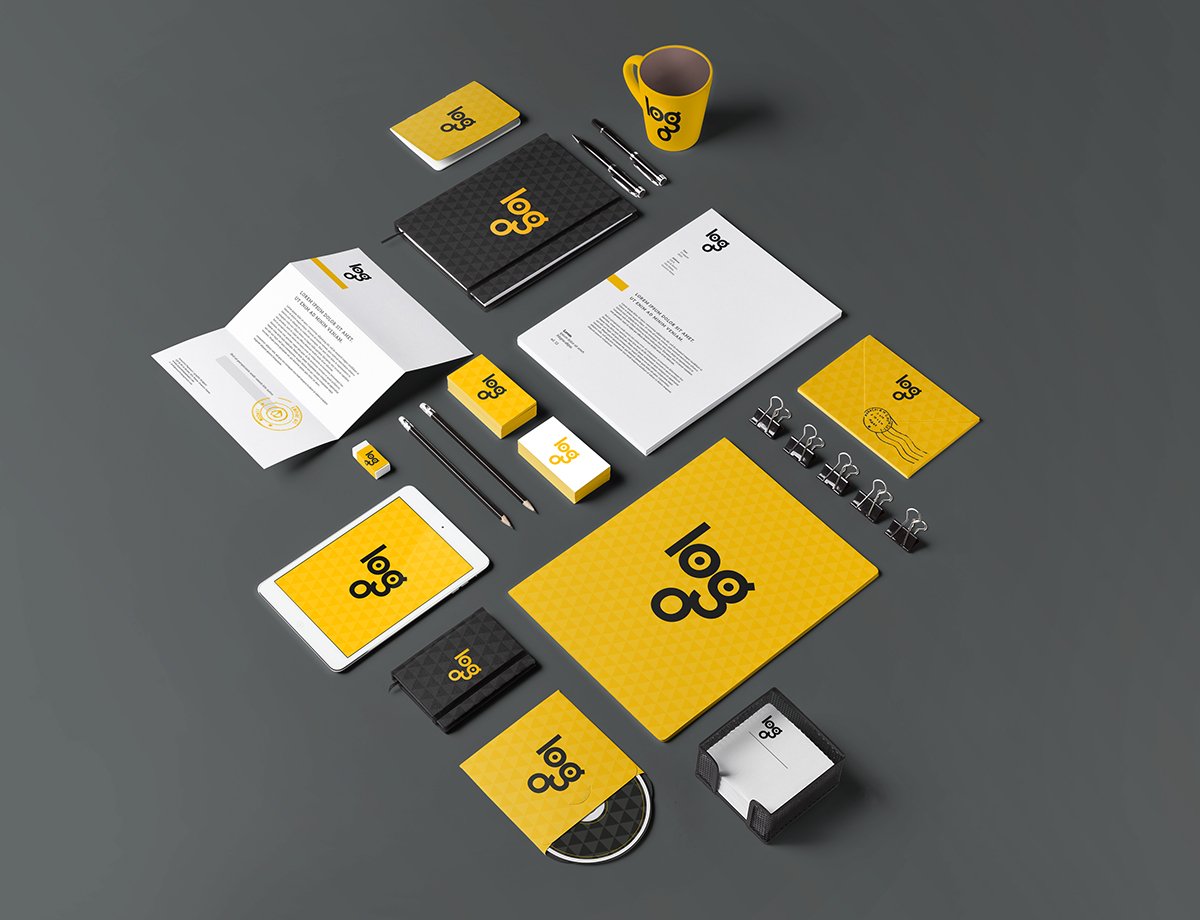Understanding the Importance of Booklet Design
When creating a booklet, design plays a crucial role in communicating your message effectively. A well-designed booklet not only catches the eye but also ensures that the content is engaging and easy to digest. Whether it’s for marketing, education, or information dissemination, the design of your booklet can significantly influence how your audience perceives your content.
The visual appeal of a booklet is often the first thing a reader notices. A thoughtfully designed cover, consistent layout, and appropriate use of colors can attract attention and encourage readers to explore the content. Additionally, a good booklet design enhances readability, making complex information more accessible and easy to understand.
Key Elements of an Effective Booklet Design
Several key elements contribute to an effective booklet design. The first is the layout. A clean, well-organized layout helps guide the reader’s eye through the content, making it easier for them to find the information they need. The use of grids, columns, and white space can create a balanced and aesthetically pleasing design.
Typography is another critical element. Choosing the right fonts and ensuring consistency throughout the booklet is essential. The typography should be legible, and the font size should be appropriate for the target audience. In addition, the use of headings, subheadings, and bullet points can break up the text and make the booklet easier to navigate.
The Role of Color and Imagery in Booklet Design
Color and imagery are powerful tools in booklet design. The colors you choose should align with your brand and the message you want to convey. Consistent use of color can create a cohesive look and feel, while contrast can be used to highlight important information.
Imagery, including photos, illustrations, and icons, can also enhance the design of your booklet. High-quality images can help to illustrate your points, break up large blocks of text, and make the booklet more visually appealing. However, it’s important not to overuse images, as this can make the design feel cluttered.
Tips for Creating an Engaging Booklet
To create an engaging booklet, start by defining the purpose and audience of your booklet. Understanding who you are designing for will help you make informed decisions about the design elements, such as layout, typography, and color scheme. Next, focus on creating a strong cover design. The cover is the first thing people will see, so it should be visually appealing and give a clear indication of the booklet’s content.
Another tip is to keep the content concise and well-organized. Use headings and subheadings to break up the text, and consider including infographics or other visual elements to make the information more digestible. Finally, pay attention to the printing process. Choose a paper quality and finish that enhances the overall look and feel of your booklet.
Conclusion: The Impact of Professional Booklet Design
A professionally designed booklet can have a lasting impact on your audience. It can help to establish your brand, convey important information clearly, and leave a positive impression. By focusing on key design elements such as layout, typography, color, and imagery, you can create a booklet that is both visually appealing and effective in communicating your message.

